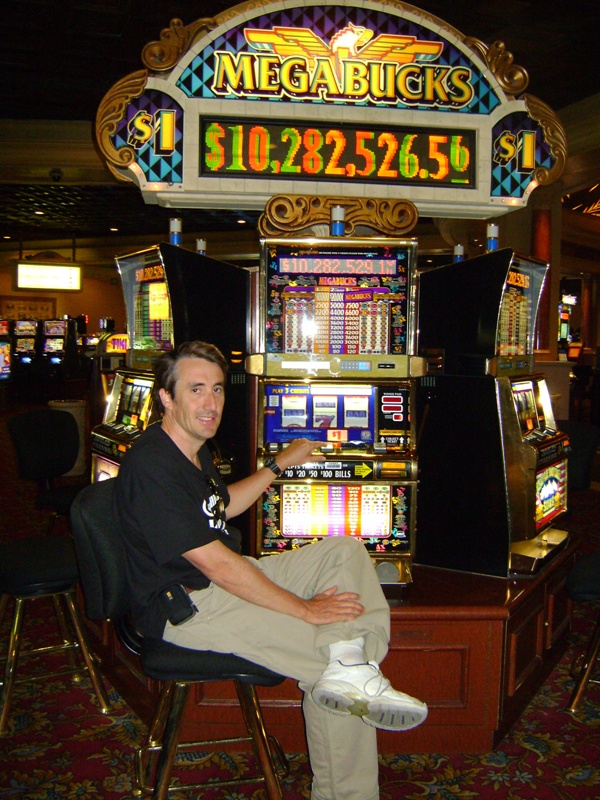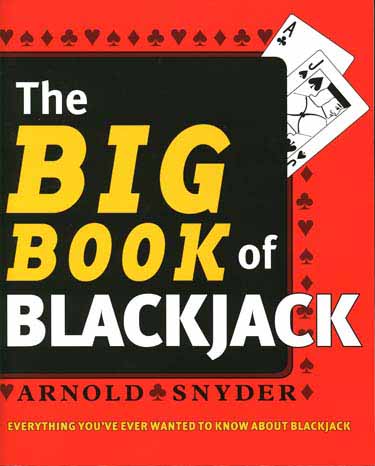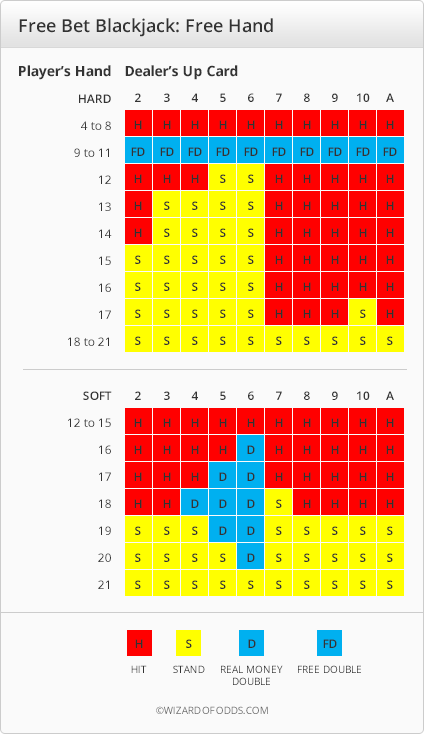Wizard Of Blackjack
Mathematician and actuary Michael Shackleford, the Wizard of Odds, took a long look at the new game Spread-Bet Blackjack, which debuted at the Global Gaming Expo in Las Vegas this year.
The game is a standard blackjack variant, which offers three different side bets. The Wizard reveals that the bets can be placed at the same time as the regular blackjack wager, and pays out by adding the number of the player’s cards. Those who get a 2 or a 3 are paid 50:1, those with 4 to 5 get paid 21:1, and those with a 6 to 9 are paid 5:1.
There are two major variations of this game. The first one is relatively straightforward, and the edge to the house is 10.44% for the 2 or 3 bet, 9.13% for 4 or 5 bet, and 7.69% for the 6 to 9 bet. The second game sees a Royal Blackjack dealt to players as a push. The 2 to 3 bet edge is 6.88% for this game, 5.57% for the 4 to 5, and 4.13% for the 6 to 9.

The game was shown off at the Global Gaming Expo, which took place at the Sands Expo Center in Las Vegas earlier this month.
Shackleford is the namesake behind his Wizard of Odds website, which is a sister-site to Online Blackjack. There he reviews different casino games and gives insight into the different odds and strategies to give players the best odds possible for lowering house edge.
No timetable for the release of Spread-Bet Blackjack is available as of press time, nor is a list of casinos that it’ll be offered at.


I have a question about the wizardofodds blackjack card counter game on the web site maybe somebody can answer. Does it account for cards already dealt as in a real game? For example, if the count is high am i more likely to be dealt an ace or ten OR if i play a million hands am i likely to get.
Wizard Of Odds Blackjack Side Bets

Related News
Wizard Of Blackjack

- Strategy by The Wizard of Odds, Michael Shackleford! This 6-Pack contains all Wizard of Odds Blackjack Strategy Cards. (Single, Double, and 4-8 Deck, Dealer Hits on Soft 17 and Dealer Stands on Soft 17.) Takes the guesswork out of when to Hit, Stand, Double Down, Split, and Surrender.
- “Blackjack too slow”. I learned plenty about life as the Wizard of Odds. Blackjack and Baby Names. Michael Shackleford was born in Pasadena, California, on May 23, 1965.
- Steve Bourie, author of the American Casino Guide, interviews Michael 'Wizard of Odds' Shackleford about blackjack. Mike answers some of the most common ques.
Next Article: ASA Shoots Down 21.co.uk Blackjack Ad Complaint
Previous article: Training Program Comes to Encore Casino Dealers
Blackjack Wizard Of Odds Free
Assume that in a six-deck CSM with all the discards ('muck' in the above sited article) placed back in the CSM immediately at the end of every round, the true count at the beginning of each round is zero. You have no knowledge of any previously-used cards when you place your bet - no cards have been shown for this round - they're all in the CSM.
If there is a twelve or sixteen card 'buffer' such that you can know for sure that the last twelve or sixteen cards from the previous round are not yet reentered into the shuffle, then whatever the running count is, you must divide that count by six, since you only know about sixteen cards from the entire six-deck shoe. (Technically, divide by 5.692308, since that's the precise number of decks remaining in the CSM after sixteen cards have been shown.
5.692308 is a constant in this play, since the number of cards no longer in play will always be no more than sixteen. Assume that the dealer keeps more than one round out of the CSM and that he then mucks 20 or 30 cards, even 52 cards, and the lowest the divisor is going to get should be no lower than five.
The running count would need to be +20 before the true count would reach even +4. That running count of +20 would need to be reached by counting as few as sixteen cards.
That's the thought experiment that I figure makes counting a CSM a waste of time. Maybe someone can think about it differently and present a scenario which sounds like it makes sense.
Someone else ought to be able to do some simulations that assume a 'window' of 12, 16 or 52 cards in a six-deck shoe and present some real math that tells us.
Until that happens, I'm staying away from CSMs.